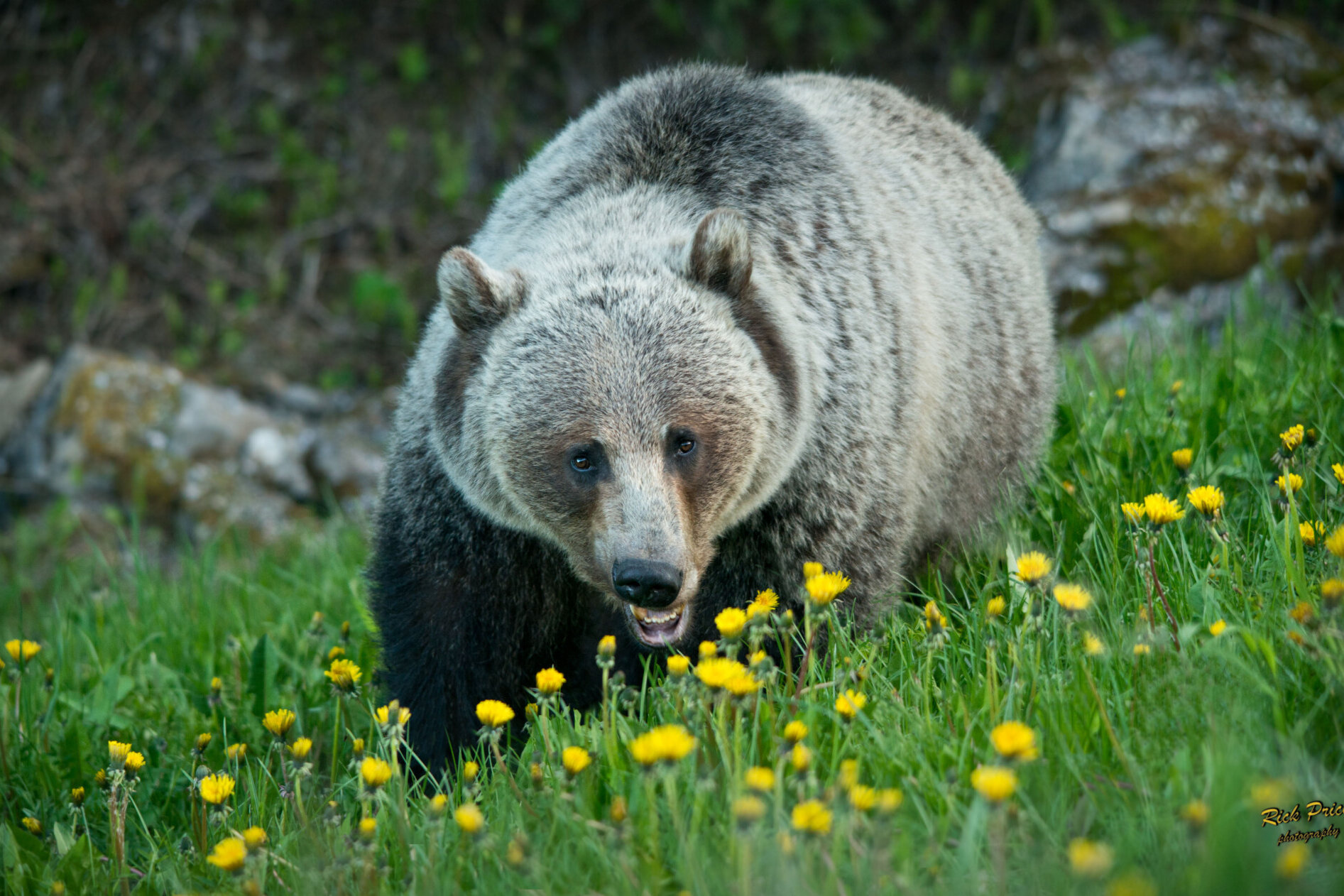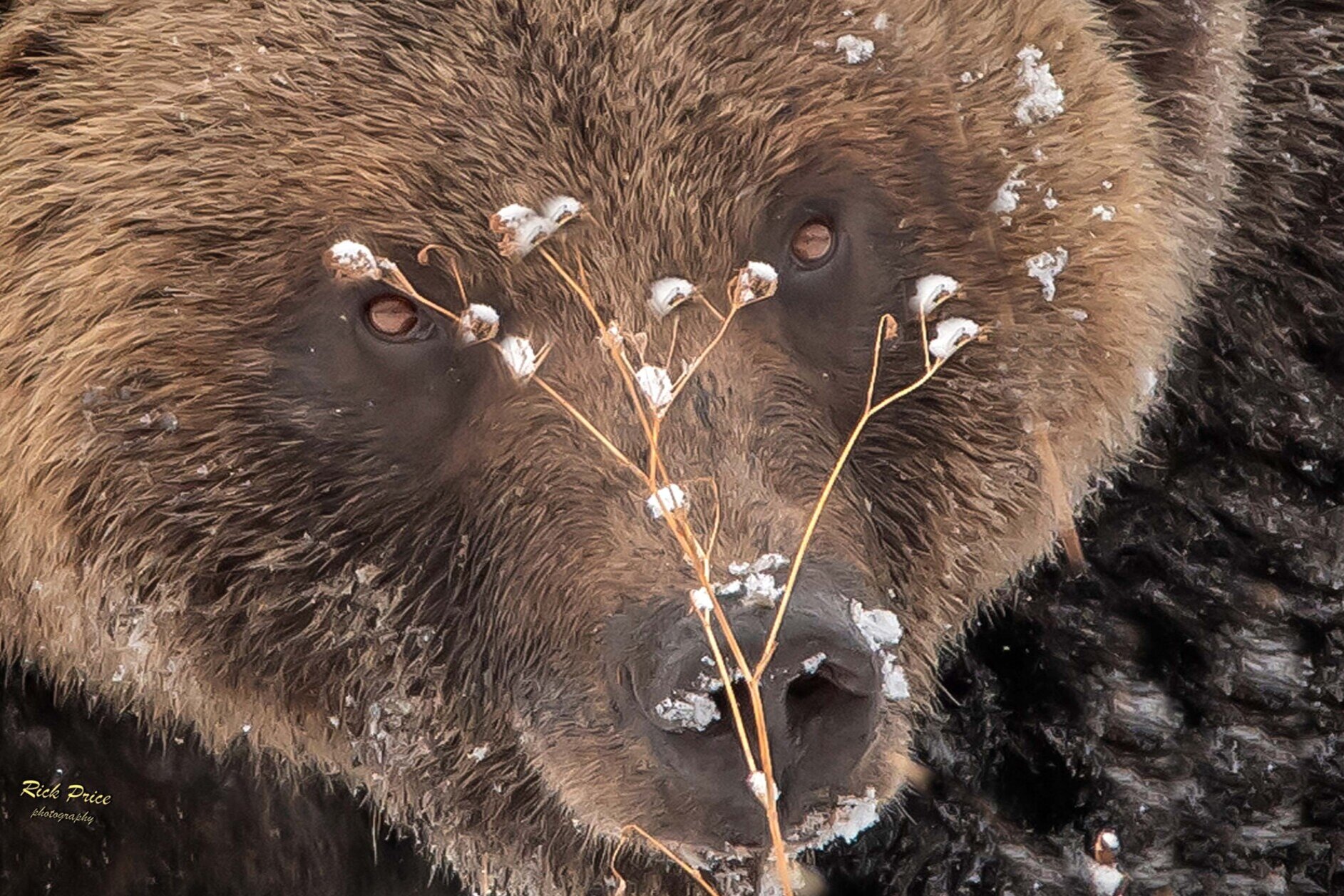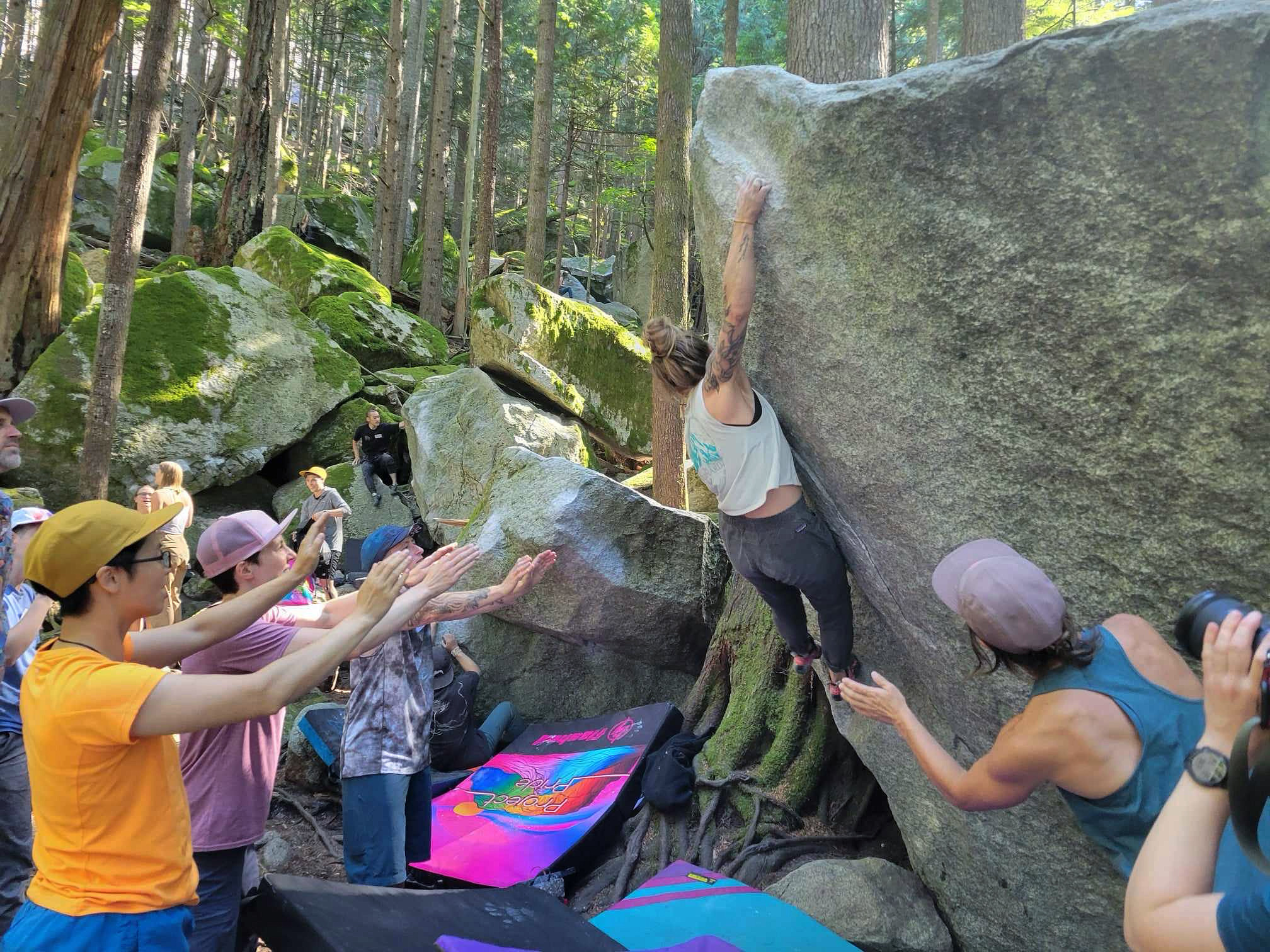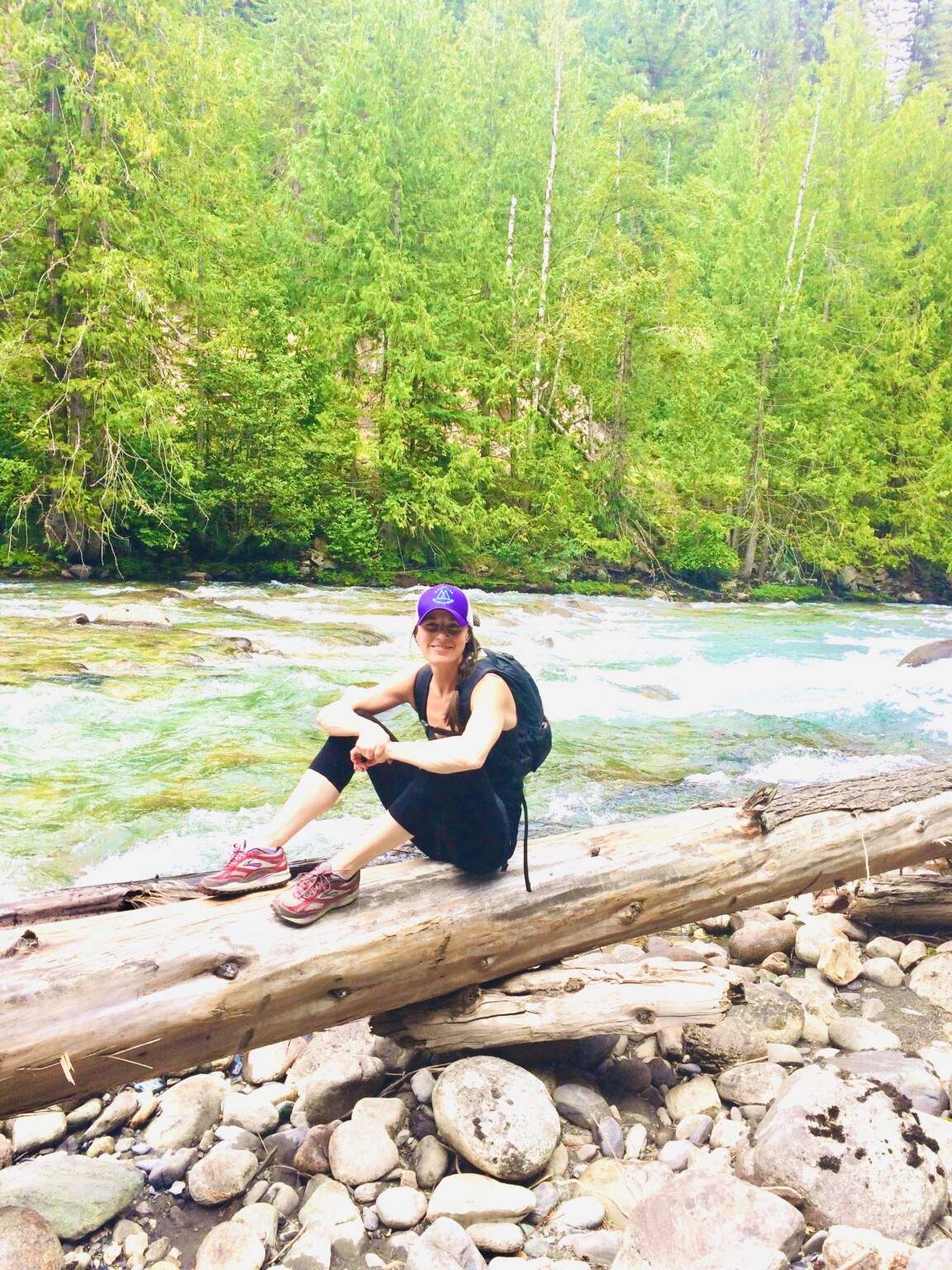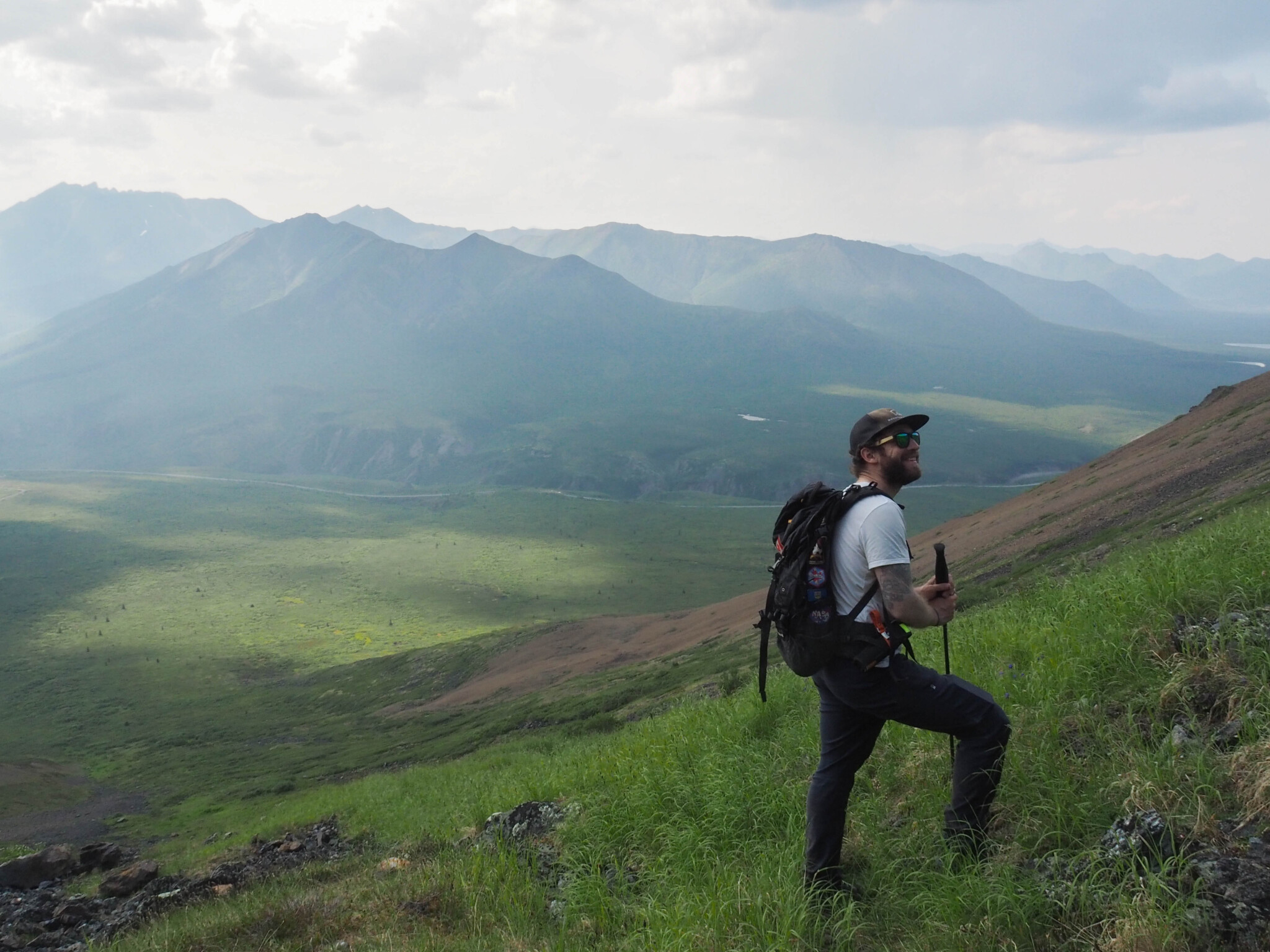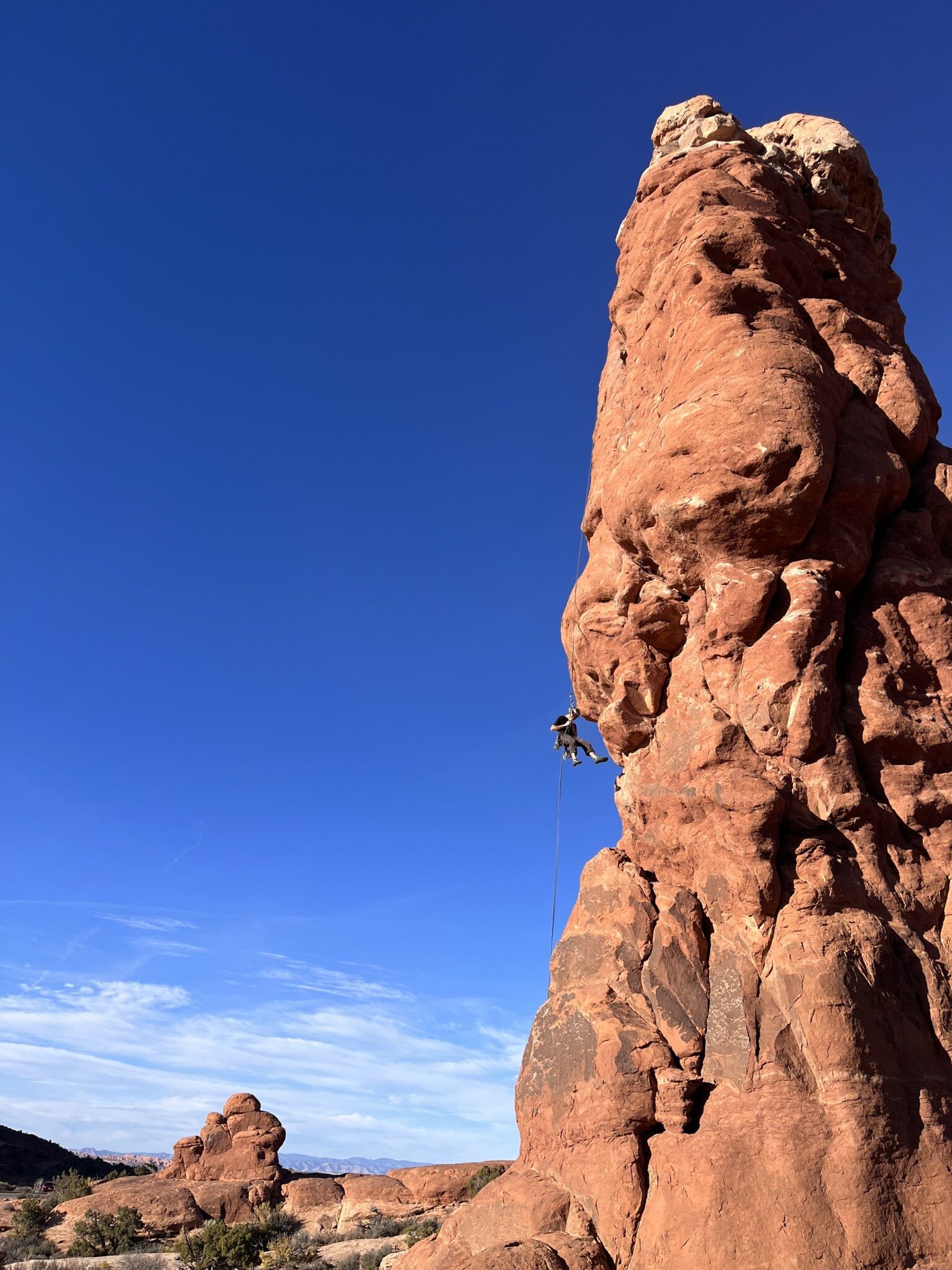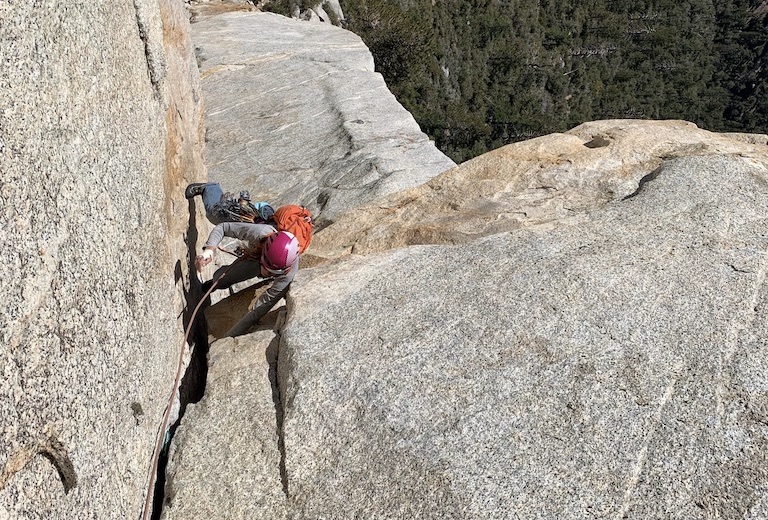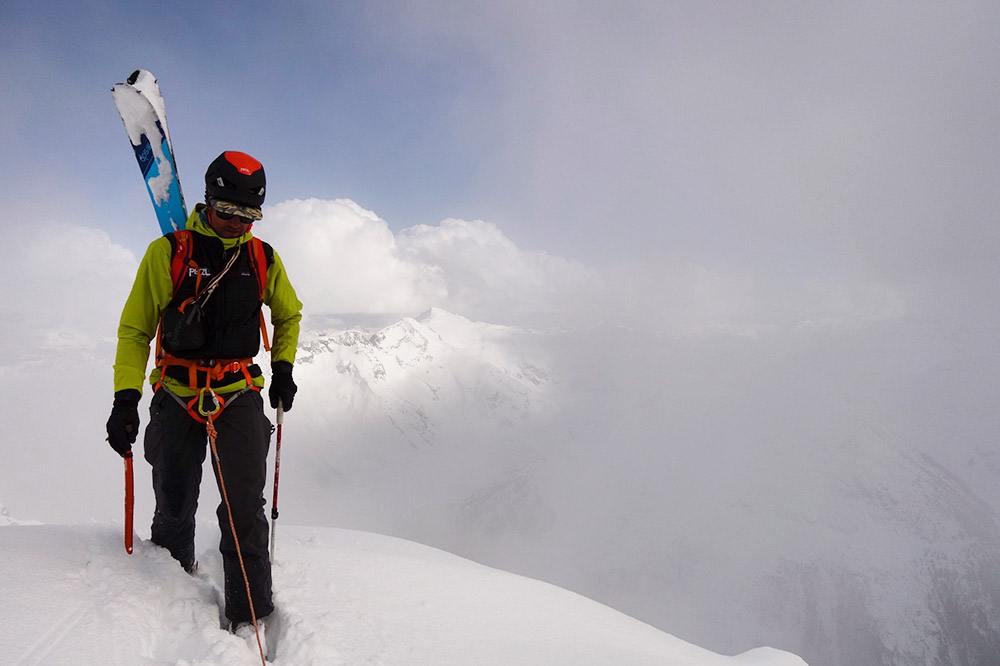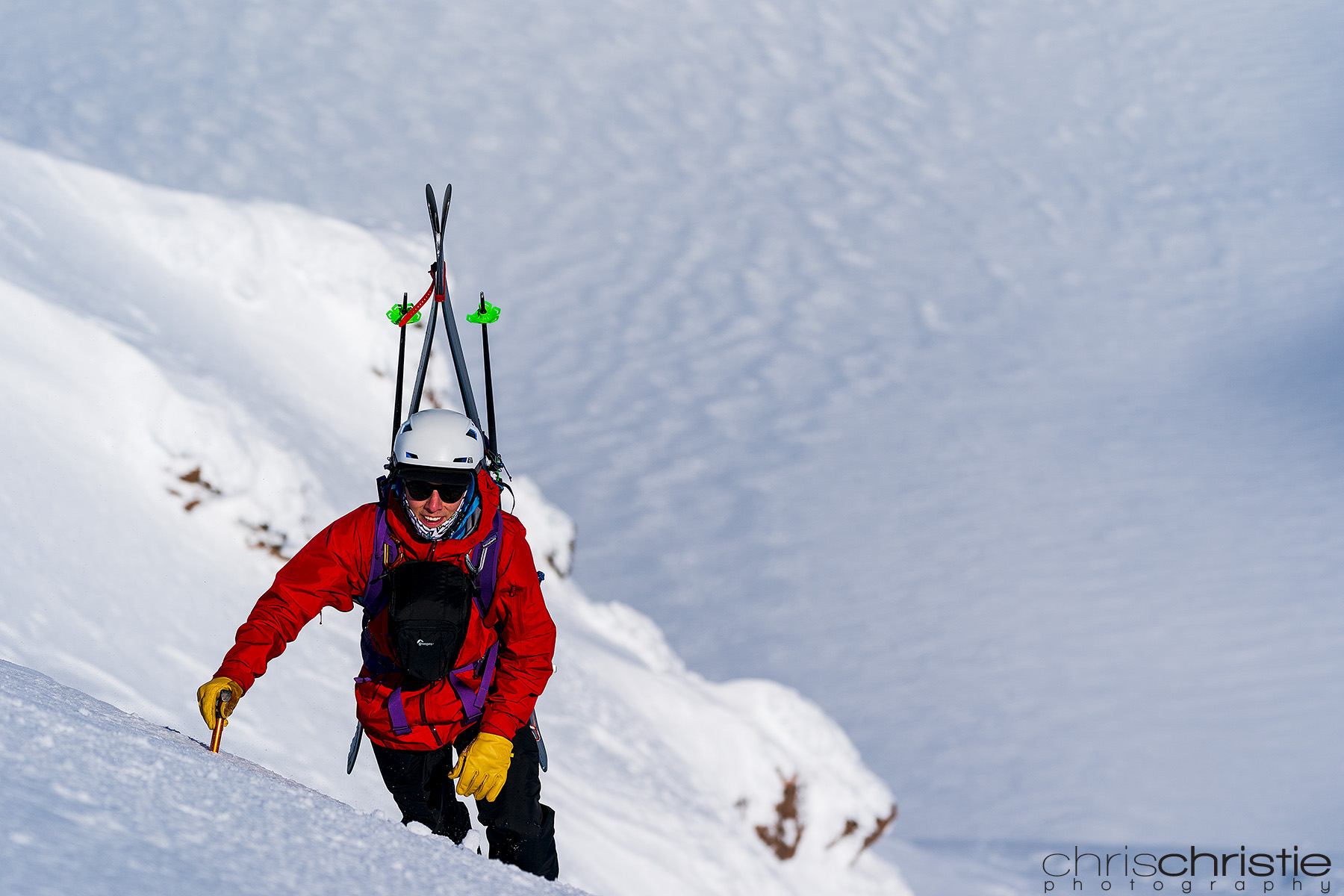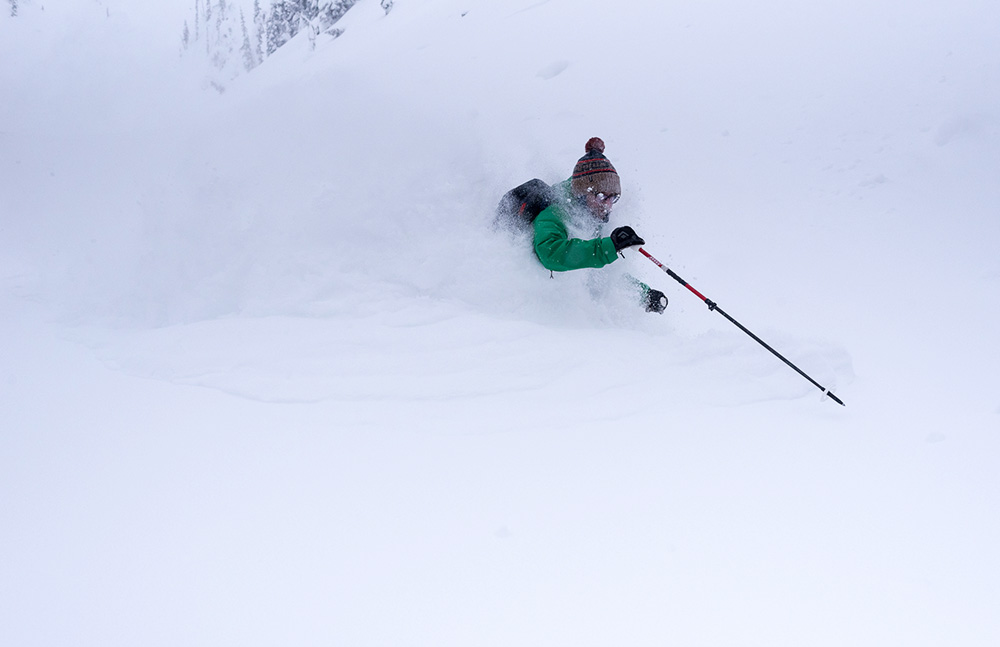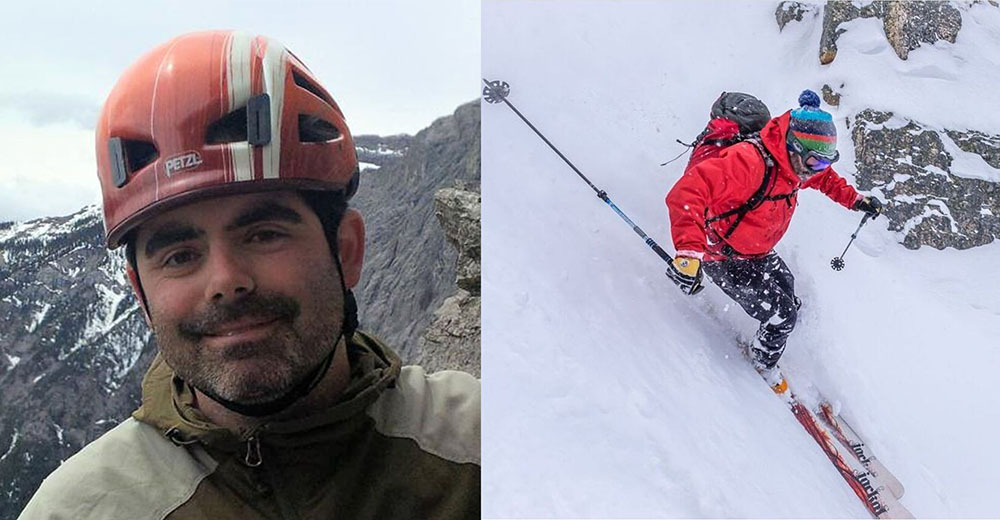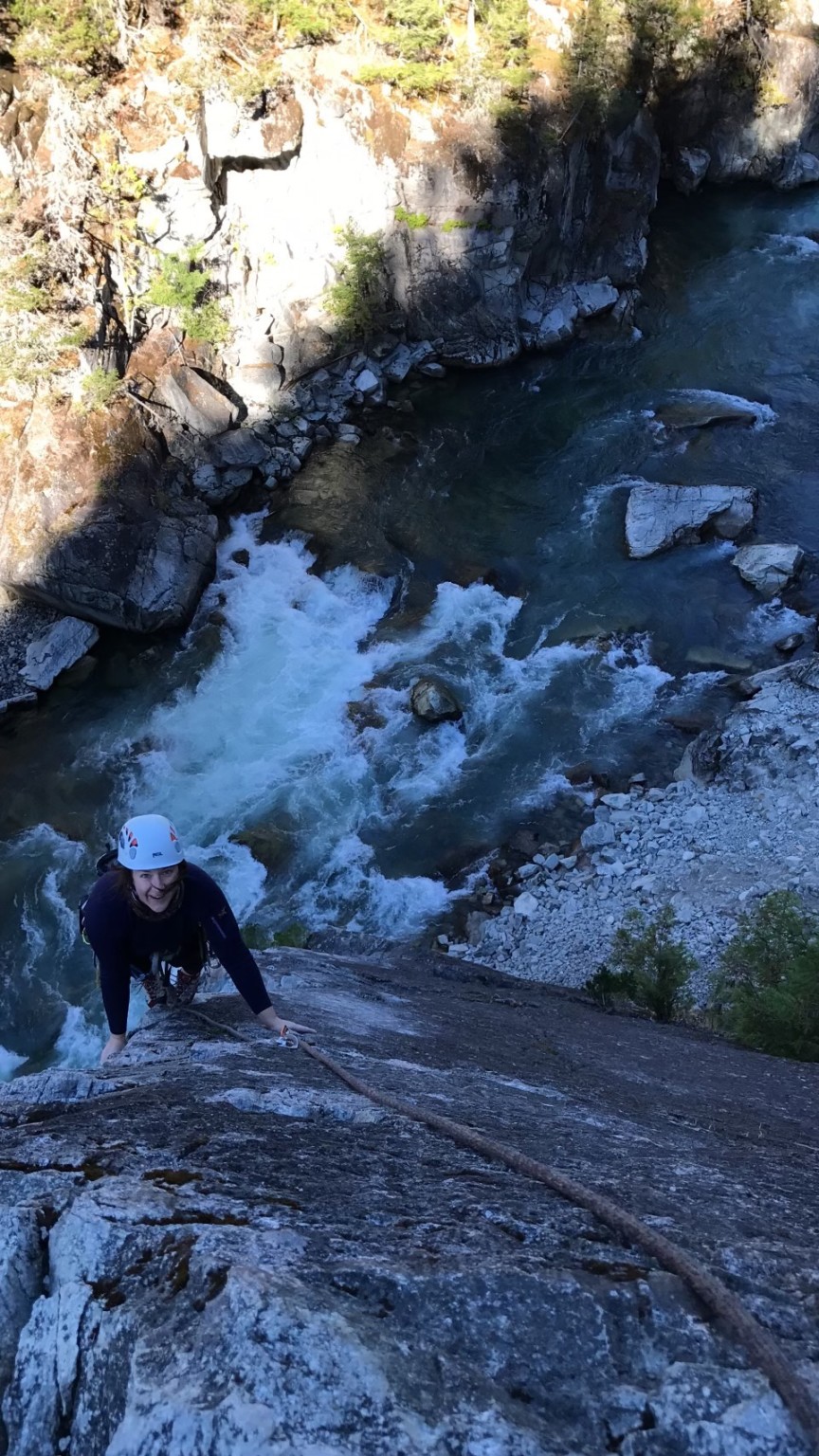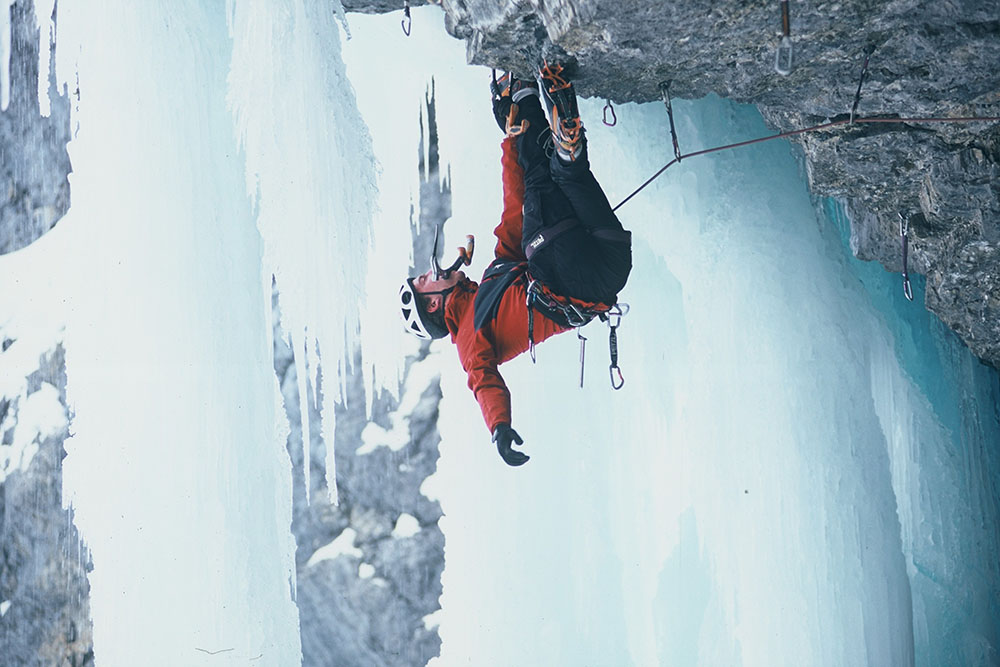Standing Up for Alberta’s Grizzlies
By Nick Carter, Nature Alberta
In July 2024, the Government of Alberta released new measures in the management of grizzly bears in Alberta. The Wildlife (Grizzly Bear – Ministerial) Amendment Regulation states: “Despite its status as a
threatened animal, the hunting of Ursus arctos (Brown (Grizzly) Bear) is permitted under section 53.1.” This announcement outraged wildlife biologists and other conservation-minded folks throughout Alberta, and we continue to work hard trying to convince the provincial government to rescind its decision. Here’s what’s going on, and how you can help, as well….
On July 9, 2024. The Ministry of Forestry and Parks declared that “there have been significantly more
reports than usual of problematic – and dangerous – grizzly-human and grizzly-animal interactions” and
that “[r]ecent conflicts between grizzly bears and humans have been predatory in nature and have not been related to the protection of cubs or food sources.” No data was supplied to back this up. The announcement also stated that, in response to this claim of increased danger from grizzlies in the Alberta, the government would be selecting private citizens in place of wildlife officers to hunt and kill
“problem” bears.
Wildlife Biologists and conservation-minded Albertans are outraged because grizzly bears are listed as a
Threatened species here. While Alberta’s grizzly population seems to be doing better now than it has in a long time, we still don’t have a clear picture of how well different regional populations are doing. Grizzlies are still classified as “At Risk” in the province, and until hunting of them here was banned in 2006, they had long been in decline. Before then, hunting had been the biggest threat to grizzlies in Alberta, and today, human-caused mortality like poaching and road collisions claim more bears than anything else.
The 2020 recovery plan, written by professional government biologists, stated the recovery goal was that Alberta’s grizzly bear population “is not limited by human-caused mortality, has access to secure habitat, is able to successfully disperse across major road corridors, and Albertans — in particular those living, working and recreating in grizzly bear management zones — are supportive of grizzly bear conservation and management activities.” Nowhere in this recovery plan is hunting by private citizens mentioned as a viable “management activity”, and with no other Threatened species in Alberta is shooting by private citizens allowed.
Most of the time grizzly bears do what they can to avoid people, more often than not running away when they realize we’re near. When we in turn respect their space, our two species can coexist without harm to either side. Sometimes, though, issues of “problem bears” occur. This is often an issue of our own creation, as bears that are habituated to human food lose their fear of people and either see us as a source of a meal, or as food ourselves.
This obviously can’t go on, and so when a “problem bear” arises trained wildlife professionals have normally been dispatched to deal with the situation. In cases where a bear is becoming too comfortable in campgrounds or towns this can mean capture and relocation. A try at a second, third, or fourth chance for the animal, though it doesn’t always work. When a grizzly bear attacks a human, though, wildlife officers are sent to track and shoot the animal before it can harm anyone else. It’s not a situation that anyone wants, and so for years now the government has leaned on its BearSmart program to prevent human-bear conflicts before they arise. So far, this program has been successful in finding scientifically-supported, non lethal ways of keeping bears out of human spaces, which has helped ensure the safety of both us and them.
To those concerned about the continued success of grizzly bears in Alberta, a scientifically-informed and prevention-based form of conflict resolution with wildlife, and relying on trained professionals as a last resort to deal with problem animals, is the most responsible strategy.
The government claims that “[t]his is not a bear hunt; this is a measure to ensure the safety of humans and livestock.” However, those selected to be “wildlife management responders” will be allowed to keep the carcass of the bears they euthanize, similar to black bear hunting. A very exclusive hunt, decided on with zero input from bear conservation experts.
You can help make a difference!
That’s why organizations like Nature Alberta are urging concerned citizens to oppose this new bear management strategy. We believe that wildlife management decisions should be based on science and not fear, and carried out by trained and qualified professionals, not private citizens. If you agree, then we urge you to go to go to Grizzly Hunt Action where you can learn more about this issue and join Nature Alberta’s letter-writing campaign to help convince the provincial government to rescind this questionable and unscientific management practice.
Nature Alberta
Nature Alberta has kicked off a campaign examining a new policy that allows selective hunting of the Threatened Grizzly Bear in Alberta. They have set up a webpage to help inform individuals and empower them to take action. You can find the official statement opposing the policy here.
#GrizzlyHuntBan #AlbertaGrizzlyBears #TakeAction #SpeciesatRisk #NatureAlberta
Related Articles
Nothing found.
